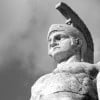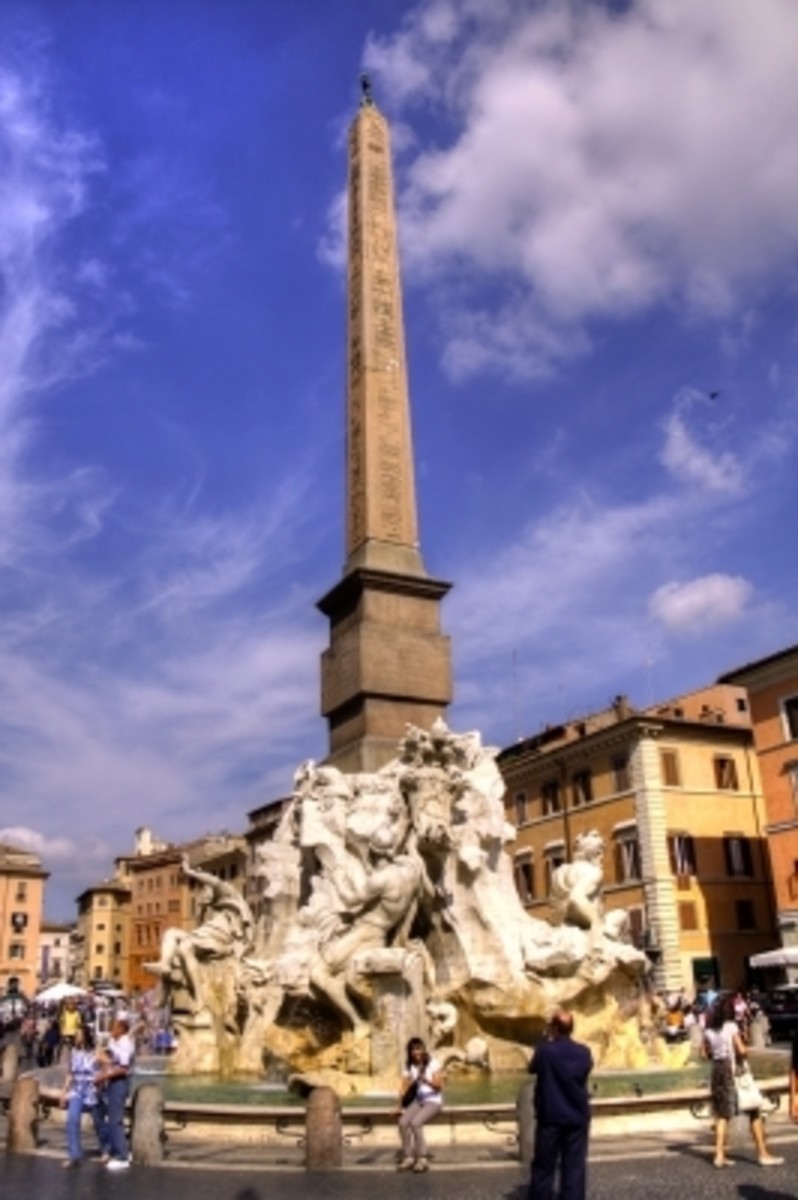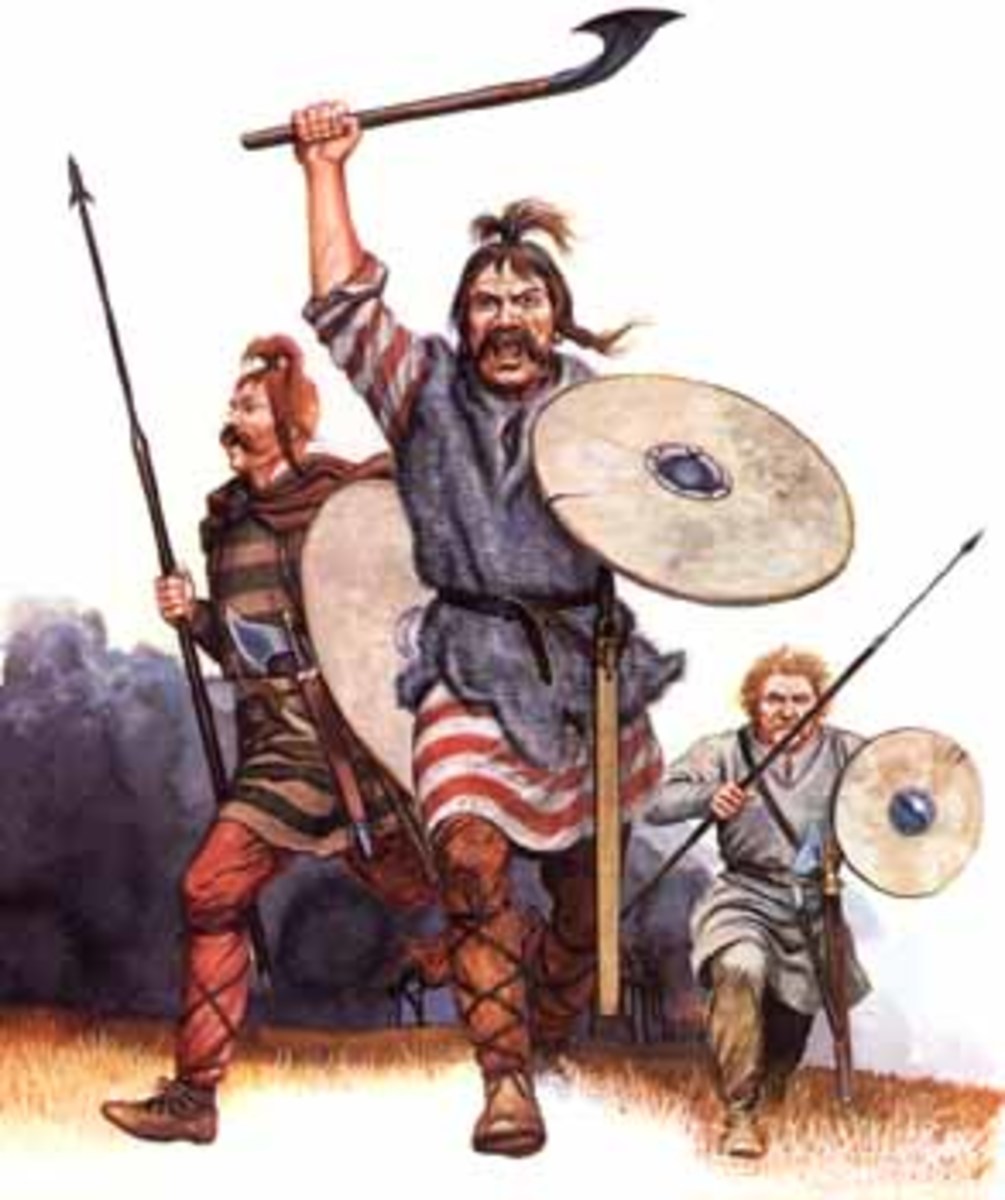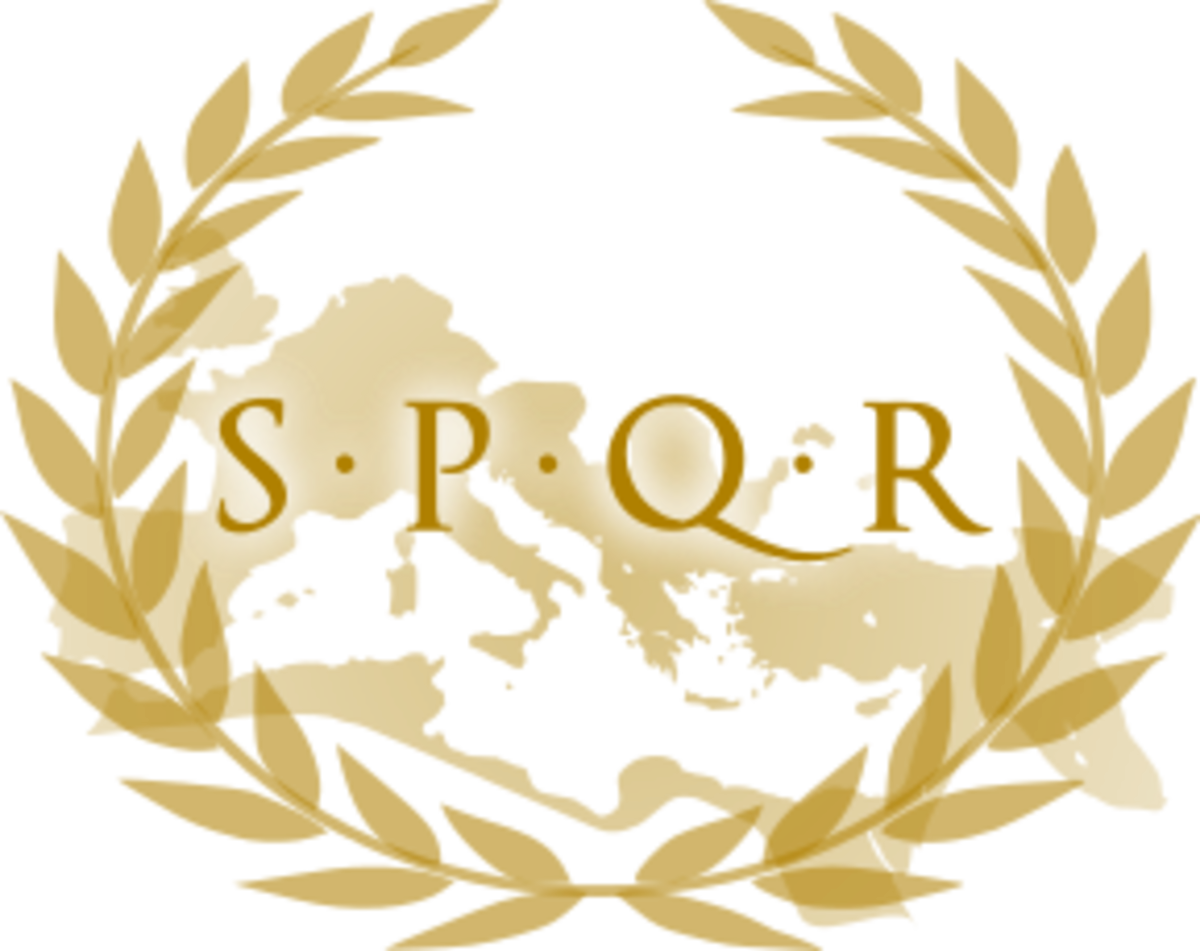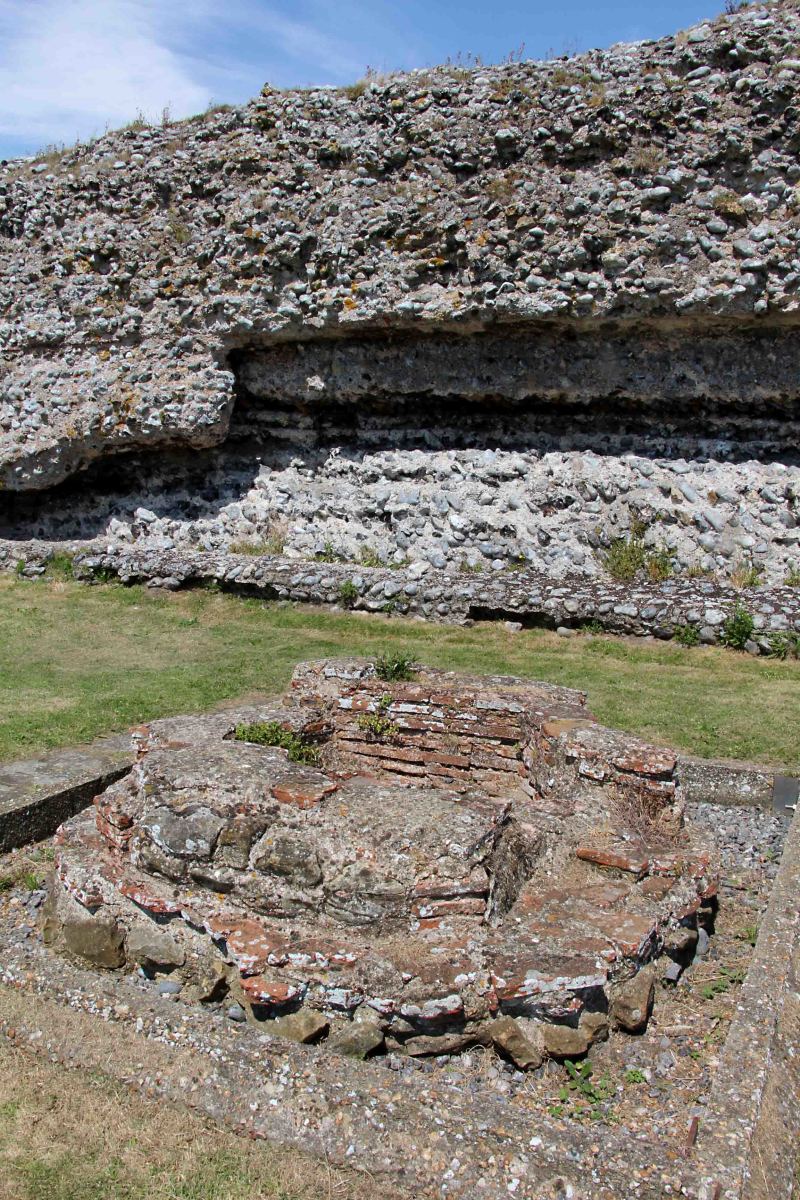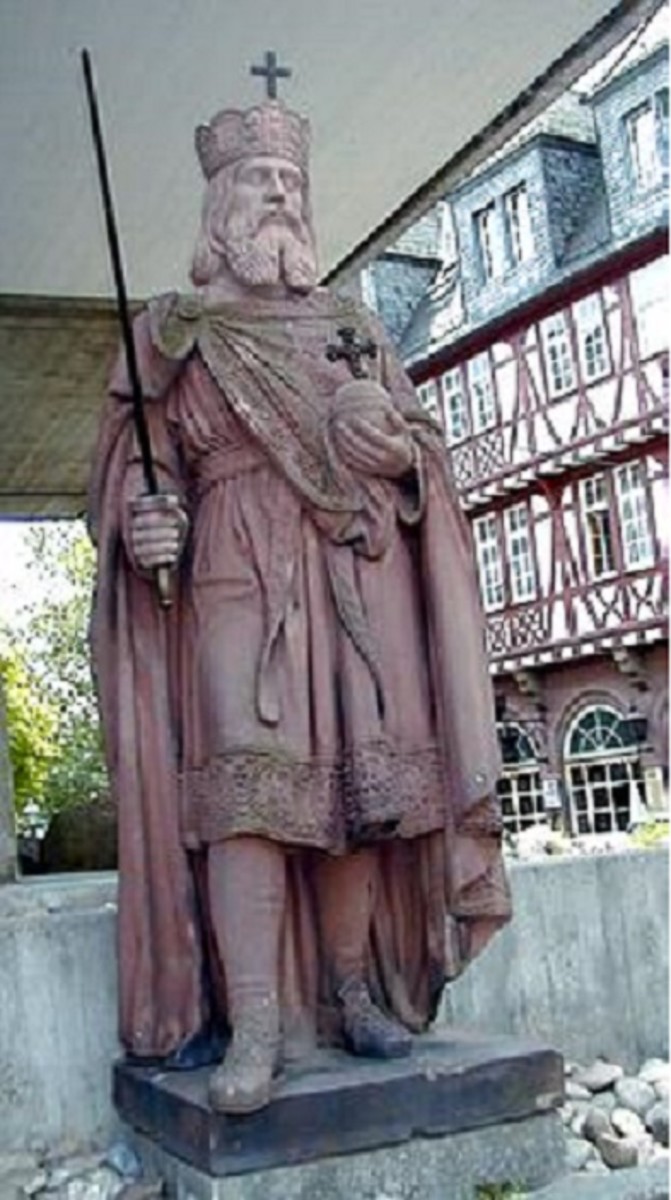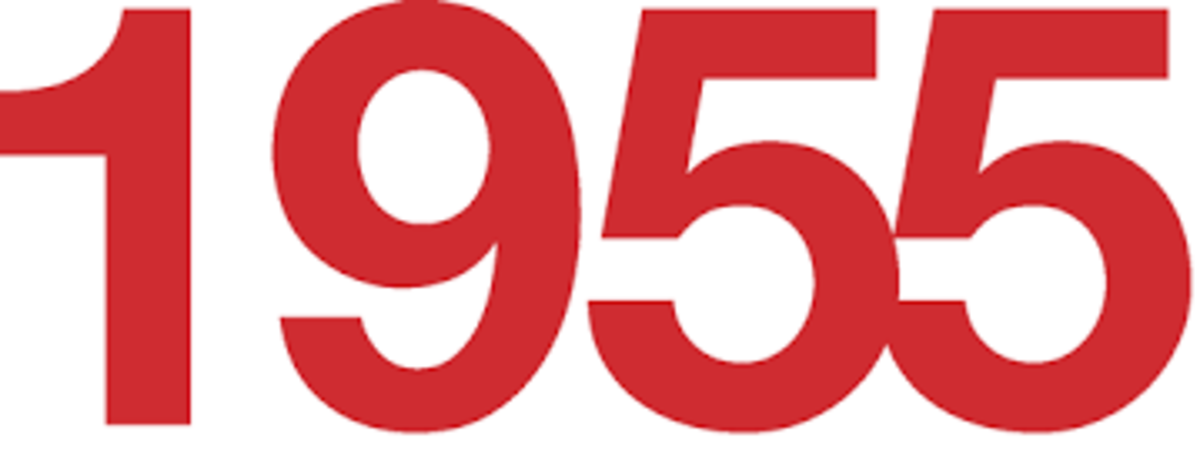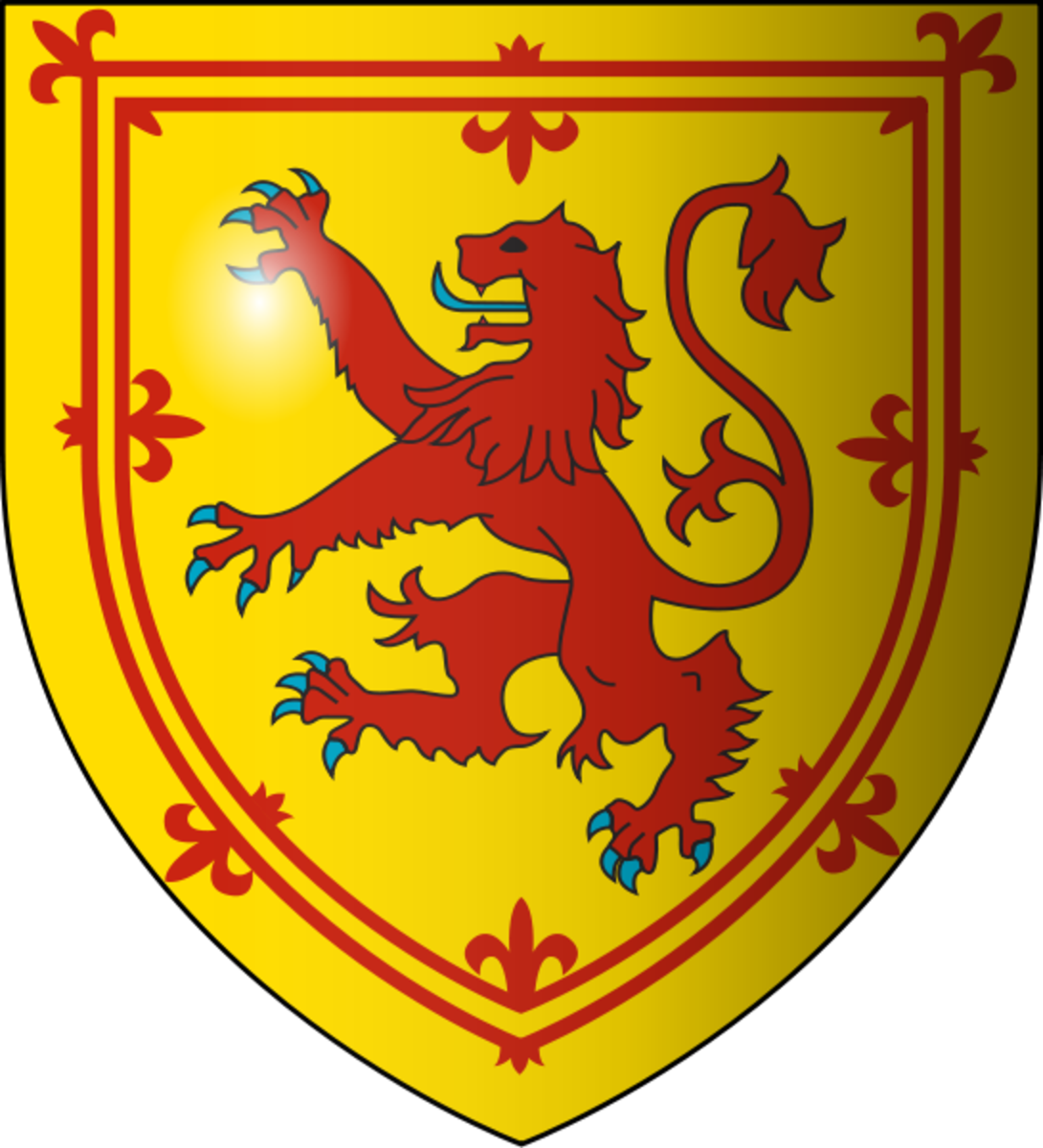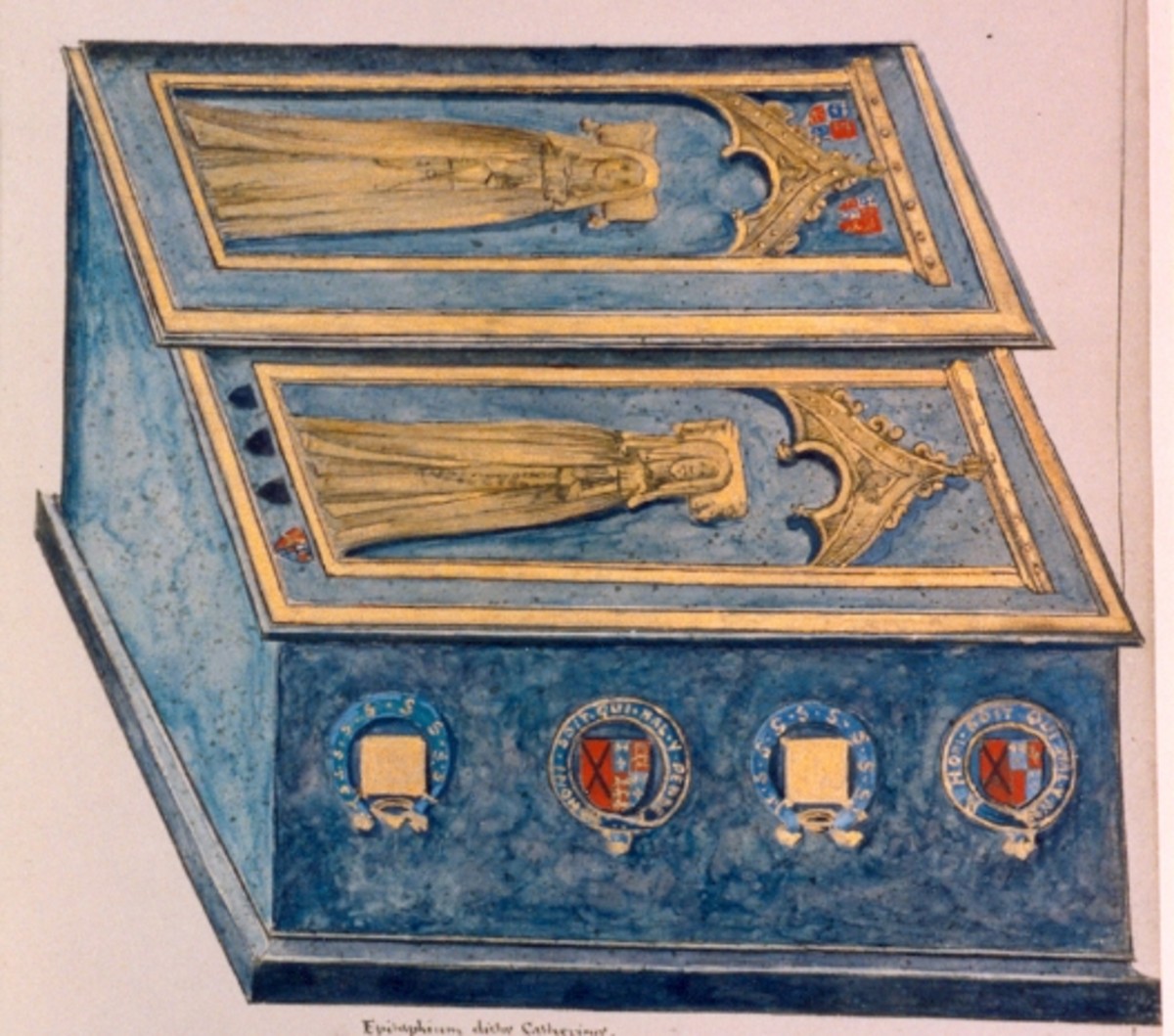The Franks
The Franks were a Germanic people that occupied Gaul during the fall of the Roman Empire and established the most important of the kingdoms that replaced the Roman government. The settlement of the Franks in Gaul marked the beginning of modem France.
The origins of the Franks are obscure. They seem to have developed as a distinct people during the 1st to 3rd century A.D. as a result of a fusion of many small Germanic tribes living along the east bank of the lower Rhine River. While the tribes were linked by language and institutions, they were not united politically. Two large groupings of the Franks, the Salians and the Ripuarians, existed as early as the 3rd century. Each of these was divided into many petty kingdoms ruled by warrior chiefs whose personal ability and success in war determined the fortune of each kingdom. The Franks, renowned as fierce fighters, were tall and had blond or red hair. Warriors carried an ax and a dagger and defended themselves with shields.
Establishment in Gaul
The turning point in the Franks' history came with their movement west of the Rhine into Roman Gaul. In the late 3rd century and in the 4th century many Frankish soldiers served as auxiliary troops in the Roman armies. Some Franks were settled on Roman estates as laborers. During this same period the Roman government accepted some of the Frankish kingdoms as allies (foederati) to assist in frontier defense. Other Franks tried to force their way into the Roman Empire. By the late 4th century some Salian Franks had succeeded in occupying Roman lands south of the Rhine frontier.
The 5th century marked the decisive establishmerit of Prankish power in northern Gaul. After the massive German breakthrough on the Rhine frontier in 406, the Roman defenses in northern Gaul were seriously weakened. Although the Franks did not take part in the invasions that followed, they took advantage of Roman weakness to attack and even to occupy some key centers of Roman defense and civilization in the Rhineland. And the Franks also occupied more Roman soil, especially in what is now Belgium, where they wiped out most traces of Roman civilization.
During the late 5th century the Romans succeeded in restoring some of their authority in northern Gaul, but it was effectively confined to a few major military installations. The Franks continued to strengthen their hold on northern Gaul and to bypass the Roman fortresses as they advanced southward. They were not always hostile toward the Romans. Several petty kings served as Roman allies in the constant wars against other Franks and Germans.
Merovingians and Carolingians
Although their emergence onto the stage of history was slow and undramatic, the Franks had established a strong position on the northern extremes of the disintegrating Roman Empire by 475. During the reign of Clovis, from 481 to 511, their power was made evident. Although he was but one of several kings when he assumed his crown, Clovis acted decisively to compel all Franks to accept him as king. He led the united Franks in a series of campaigns that crushed the remnants of Roman power in Gaul, deprived the Visigoths of their vast possessions between the Loire River and the Pyrenees, and stopped Alamannic expansion into Gaul from east of the Rhine. His acceptance of orthodox Christianity helped unify both the Franks and Gaul. Clovis' sons completed the Prankish occupation of Gaul. The extensive state established by Clovis and his dynasty, called the Merovingians, was the most powerful kingdom in western Europe. Although the Prankish kingdom weakened under the Merovingian rulers of the 7th and early 8th centuries, Prankish glory was restored in the late 8th and 9th centuries by the Carolingian dynasty, whose most illustrious member was Charlemagne.
Culture
Very little is known about the institutions and customs of the early Franks. In general, the Franks were not essentially different from the other early Germans in their institutions and customs. At a rather early date their ancient cultural patterns began to be influenced by Roman civilization, so that as they emerge into the light of history the Franks appear as bearers of a culture that combined Germanic and Roman elements. The process of cultural synthesis progressed rapidly after Clovis and his dynasty established a unified state embracing both Franks and Romans. The conversion of the Franks to Christianity during Clovis' reign was especially important in promoting the amalgamation of Roman and Prankish traditions into a new and distinctive civilization that provided the basis for western Europe's later development.
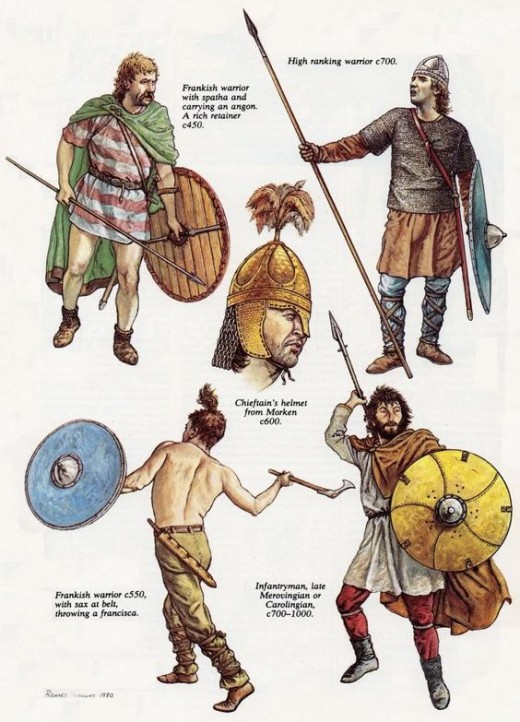
This content is accurate and true to the best of the author’s knowledge and is not meant to substitute for formal and individualized advice from a qualified professional.
© 2010 Historia
